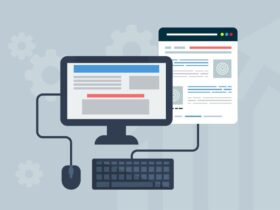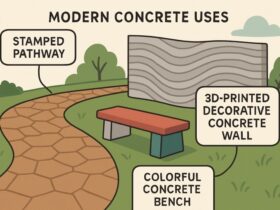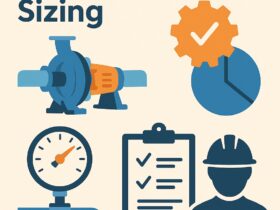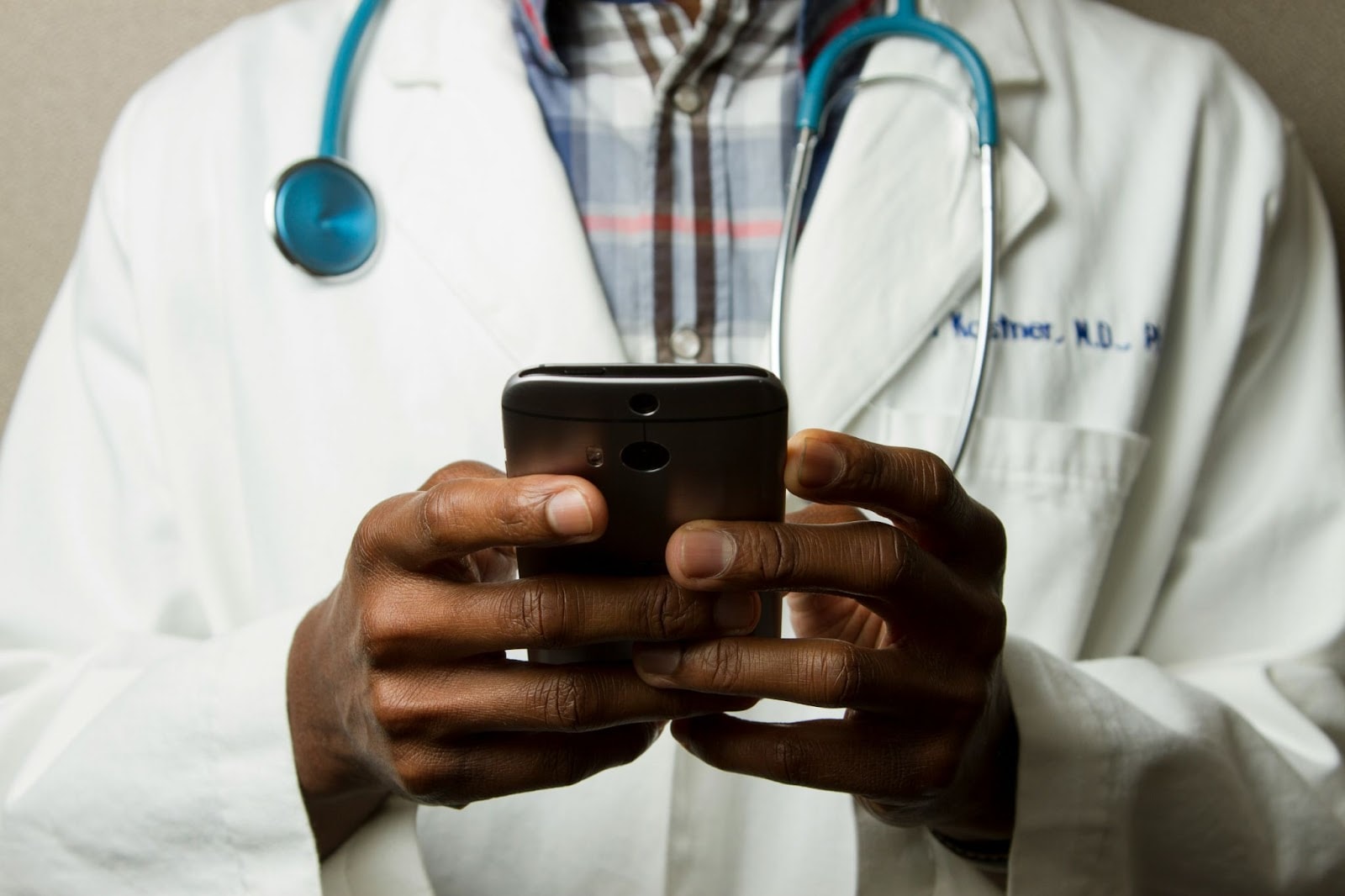
Healthcare has become increasingly digital, and patients are relying more on mobile apps to manage their well-being. From video consultations to medication reminders, these apps are filling the gap between clinic visits. But what exactly do patients expect when they download a health app? That’s a question that anyone in healthcare app development needs to answer before starting a project.
Designing a health app without understanding what patients want is akin to prescribing medication without a proper diagnosis. That’s where deep user research and a partnership with a team experienced in healthcare applications development come into play. The goal? To create apps that are not just functional but genuinely helpful and used regularly by real people.
Understanding Patient Needs in Healthcare Apps
Let’s be honest: patients aren’t thinking about your app’s tech stack—they just want it to work. They want it to feel intuitive, safe, and helpful. If your app makes their lives easier, they’ll keep using it. If it creates more confusion, they’ll likely uninstall it.
That’s why focusing on patient-centered design is not a luxury—it’s a necessity. Patients want tools that support their health journeys without being complicated. Whether they’re checking lab results or talking to a doctor, the features must feel personalized, not generic.
Developers in mobile health app development need to go beyond guessing and start asking. What frustrates patients about current apps? What do they wish they could do from their phones? Surveys, interviews, usability testing—all of it matters when creating something that puts the patient first.
Essential Features Patients Expect
Now, let’s explore the core functionalities patients want in their health apps. These are the “must-haves”—features that no good health app should be without. They serve as the foundation for trust and usability.
Appointment Scheduling and Reminders
Letting users book, reschedule, or cancel appointments directly from their phones is a basic yet powerful feature. Patients hate calling offices and waiting on hold. Include easy-to-use calendars and automated notifications that remind users about upcoming visits.
Appointment management must be flexible and synced with the provider’s system in real-time. If done right, it reduces no-shows and improves adherence to care plans. This is one of the pillars of a solid healthcare app development strategy.
Access to Personal Health Records
Patients want access—simple as that. They’re tired of calling their provider to ask for a PDF of their bloodwork. Providing users with the ability to view lab results, treatment plans, allergies, and visit history fosters a sense of control.
However, access must come with strong security. Encrypted login methods and two-factor authentication protect users and ensure your app is compliant with privacy regulations. In many healthcare workflows, sensitive data via fax is still exchanged, highlighting the need for secure, modern alternatives within mobile apps to prevent vulnerabilities. This is especially important in mobile healthcare application development, where data sensitivity is high.
Medication Tracking and Alerts
No one likes forgetting their medication, but for patients managing chronic conditions, adherence to prescriptions is critical. That’s why apps should include medication management features that send personalized alerts, track intake, and even notify users when running low.
An extra tip: Allow users to scan barcodes or take photos of their medications. This will remove friction and make the app more user-friendly.
Secure Communication Channels
Whether it’s a quick question or a full telehealth consultation, patients appreciate having a secure way to connect with their providers. Include options for encrypted messaging, live chat, or video consultations.
Trust is everything in healthcare. If your app can become a communication bridge between the patient and their care team, it’s already one step ahead. Privacy-first design is a key requirement in health mobile app development.
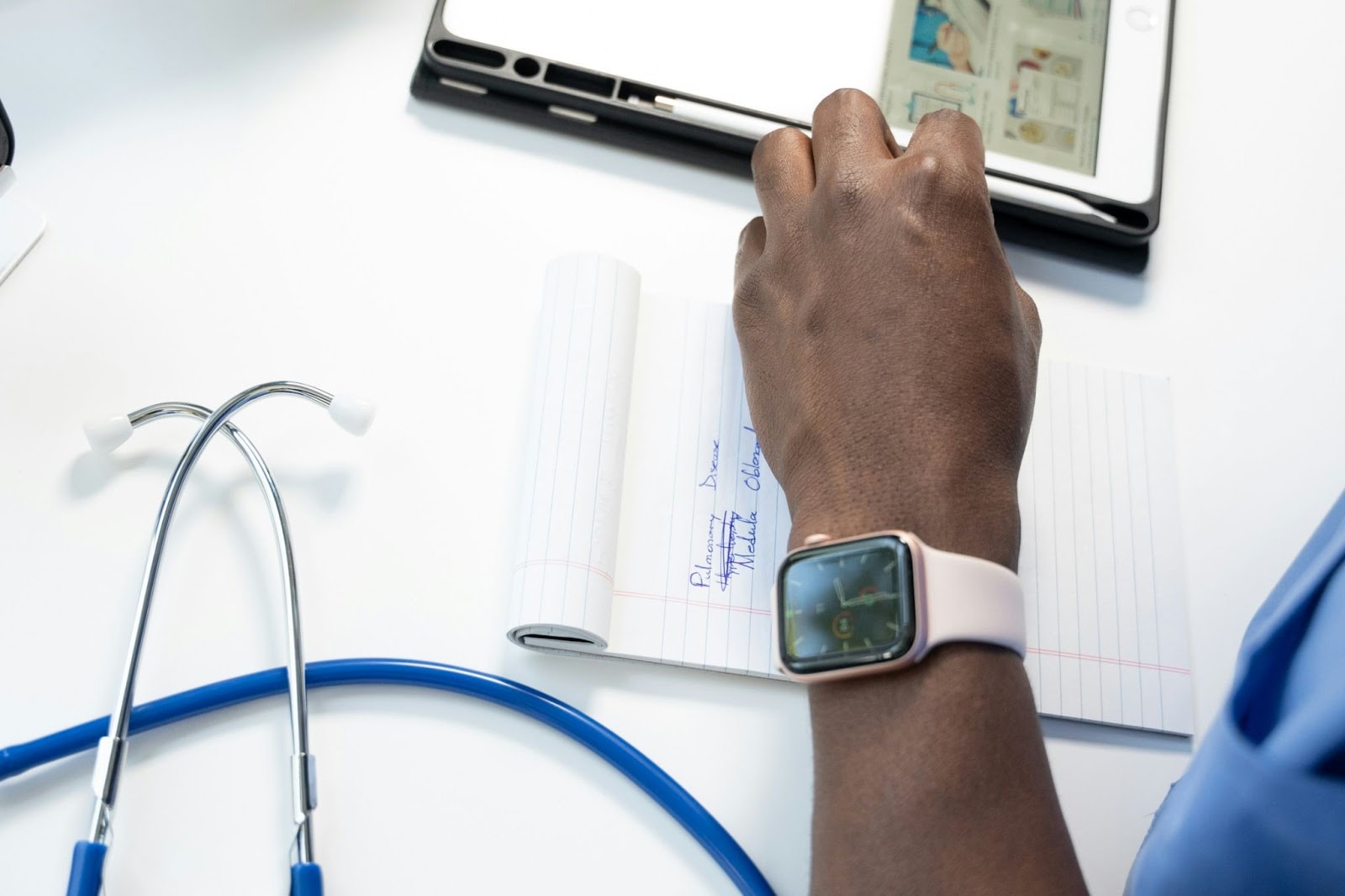
Enhancing User Engagement Through Additional Features
Once you’ve covered the essentials, consider what can elevate your app from “good” to “great.” Extra features don’t just add value—they boost engagement, retention, and trust.
Want some ideas? Here are a few:
- Integration with wearable devices for real-time health tracking (heart rate, sleep, steps)
- AI-driven health insights based on user data
- Personalized health education content
- Daily wellness check-ins
- Goal tracking for weight loss, blood pressure, or mood levels
These features show users that the app is thinking ahead for them. A medical mobile application development team that understands personalization will know how to build these into the experience without overwhelming the interface.
Implementing Features Effectively
Designing for healthcare is not just about what you build—it’s how you make it. Features should be implemented with accessibility, simplicity, and reliability in mind.
Start by creating wireframes and clickable prototypes. These early visuals help identify usability issues before writing any code. Then, test them with real users—not just internal teams.
Remember security. Every feature must pass compliance checks, especially in regions governed by HIPAA or GDPR. A breach of patient data doesn’t just lead to lawsuits—it breaks trust, possibly forever. That’s why experienced teams in Android healthcare app development focus on encryption, secure cloud storage, and identity verification tools from the beginning.
Finally, don’t overload your app. More features aren’t always better. Each function should solve a real user problem. Work with experts in healthcare mobile development to find that perfect balance.
Tips for Developing Patient-Centric Health Apps
Here’s your only list—five core tips to guide your development process:
- Conducting thorough user research is not just a step, it’s a journey. By talking to patients, gathering feedback, and refining your feature set based on real-world needs, you’ll be equipped with the insights to create a truly patient-centric app.When it comes to healthcare app design, less is often more. Prioritizing simplicity and avoiding clutter not only enhances the user experience but also builds trust and confidence in your app’s functionality.
- Ensuring top-tier protection for health data is not just a task, it’s a responsibility. By investing in features like encryption, biometric login, and secure APIs, you’re demonstrating a commitment to data security that patients can trust.
- Maintain Compliance: Follow all laws relevant to application development in healthcare, including HIPAA, GDPR, and local guidelines.
- Offer Personalization: Let users control how they receive notifications, view information, and track their goals.
These practices aren’t just suggestions—they separate a professional-grade app from a basic one. Any team offering professional healthcare app development should consider these non-negotiable.
Conclusion
Building a healthcare app that patients genuinely want to use requires more than coding talent—it takes empathy, research, and strategic thinking. The opportunities are vast, from core features like appointment scheduling and health record access to enhanced capabilities like real-time tracking and personalized insights.
The key is to implement these features thoughtfully and with full attention to security, simplicity, and compliance. And remember: working with a team that understands healthcare applications development can mean the difference between an app that gets downloaded once and forgotten and one that becomes a trusted part of someone’s daily health routine.


